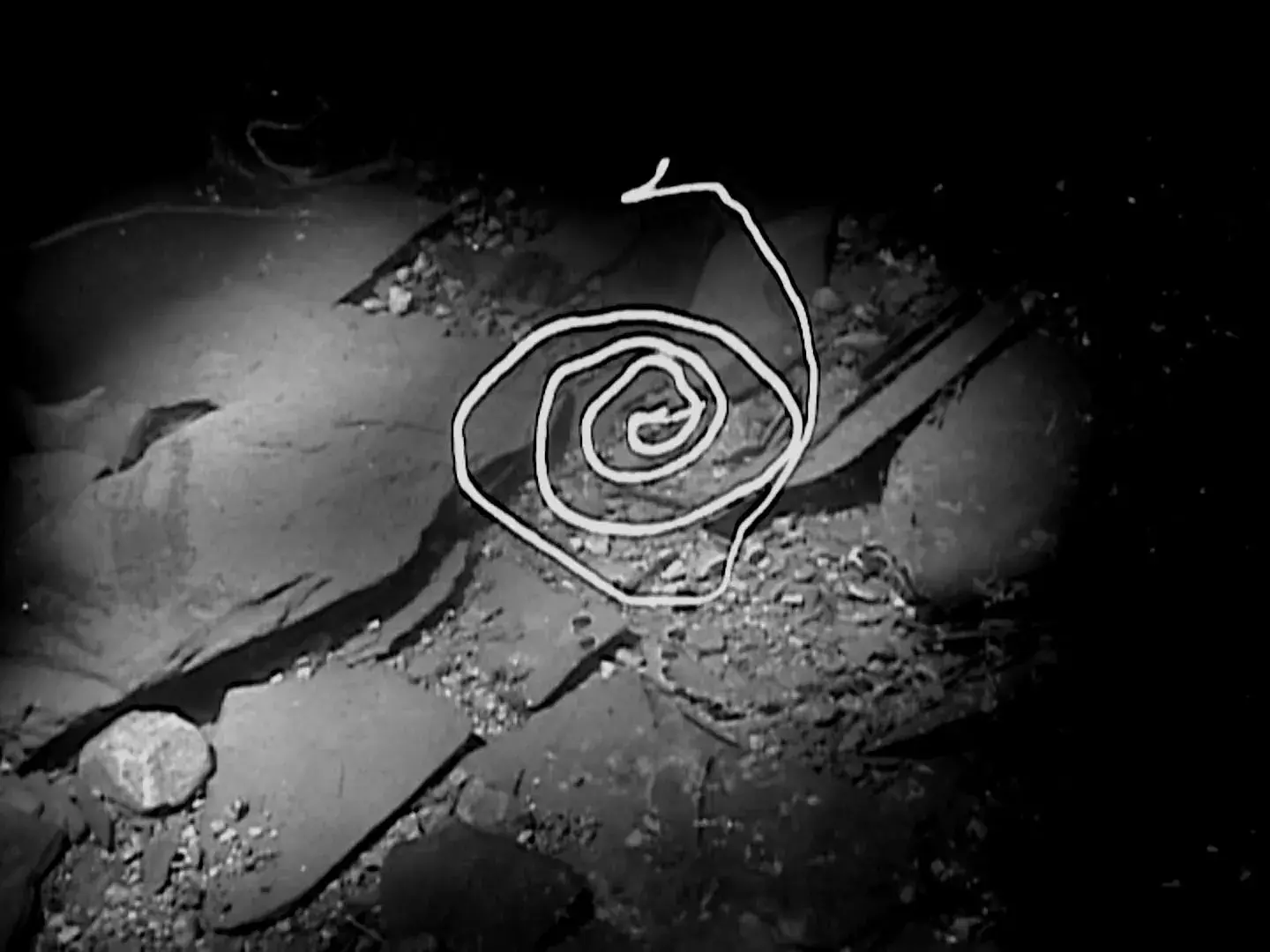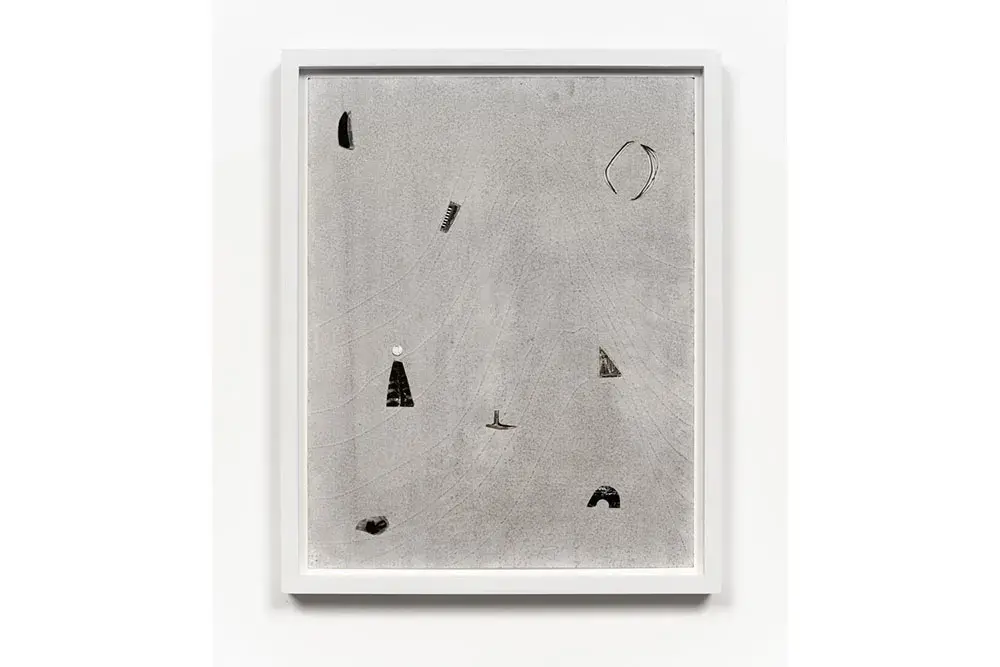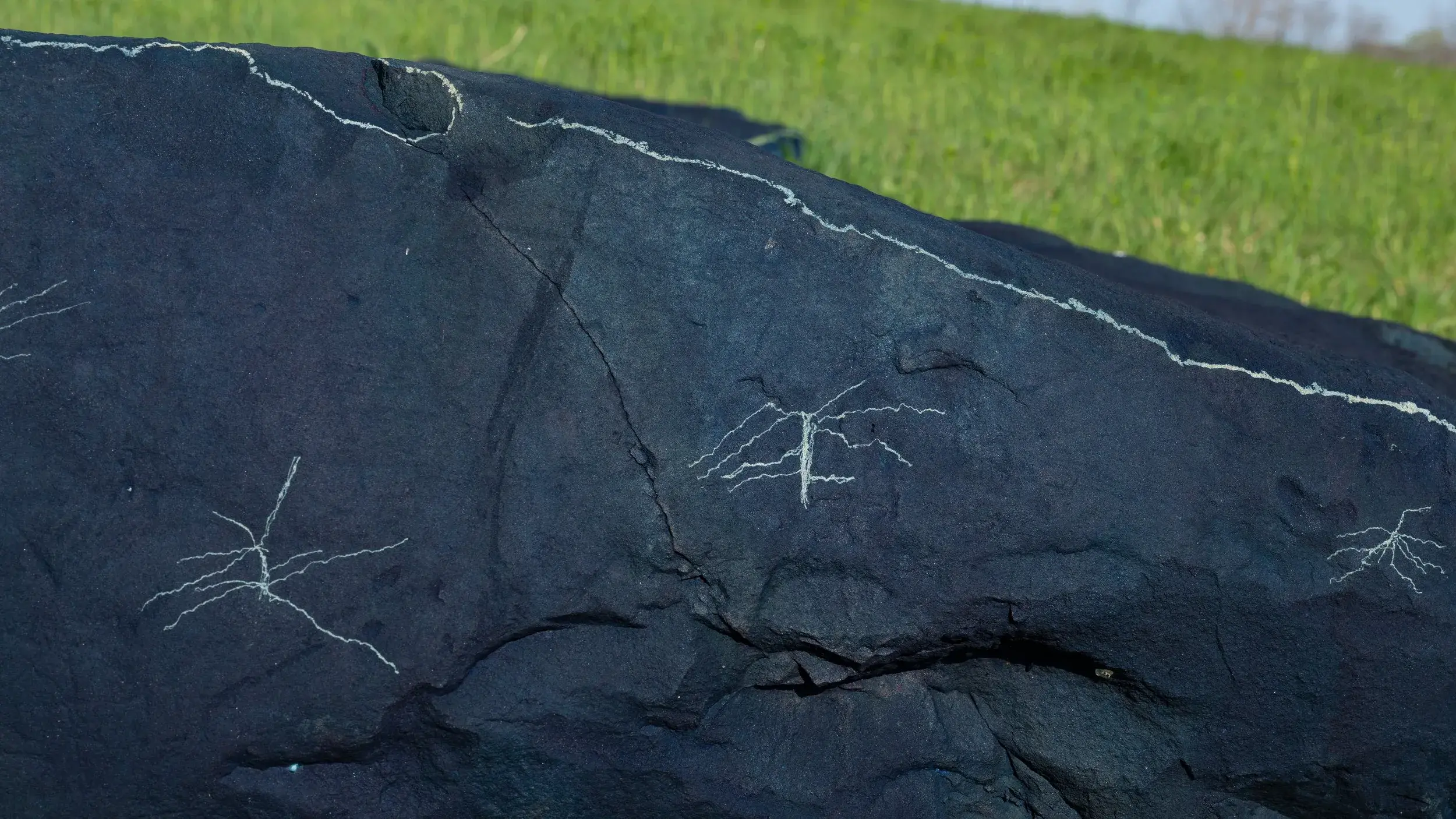Professor Dionne Lee Named Guggenheim Fellow
Guggenheim Foundation Fellowship marks pivotal moment in Dionne Lee’s artistic practice

The past two years have been very good ones for assistant professor Dionne Lee. As her Post-MFA Fellowship at The Ohio State University was coming to an end in 2023, she was jointly hired by the Departments of Art and Women’s, Gender and Sexuality Studies (WGSS) to a tenure-track position. During her first year as a faculty member, her video, Challenger Deep, was selected for inclusion in the 2024 Whitney Biennial, curated by Chrissie Iles and Meg Onli. That video was subsequently purchased by the Whitney Museum and is now part of their permanent collection. This past spring, more good news arrived in the form of a Guggenheim Fellowship: Lee was named, along with two other members of Ohio State’s faculty (linguist Ahmal Al-Jallad and German cultural historian Paul Reitter), to the Guggenheim Foundation’s 100th class of Fellows.
Lee’s work, as it has developed over the last decade, has focused on the American landscape, most often the western United States. During her time as a Guggenheim Fellow, however, she intends to reorient her practice to the southeast—from the plot of land in Salisbury, North Carolina, purchased by her family four generations ago, to the southern parts of the Underground Railroad, that network of secret routes and safe houses that helped enslaved people escape to the Abolitionist north and Canada before and during the Civil War. Significantly, Lee also intends to spend time in Brunswick, Georgia, the site of sculptor Beverly Buchanan’s Marsh Ruins (1981). In 2026, the Contemporary Arts Museum Houston will be home to an exhibition, curated by Rebecca Matalon, that aims to pair works by Buchanan, who died in 2015, with more recent works by Lee.
Analog photography, Lee says, is the anchor of her interdisciplinary practice, which also includes collage, video and sculpture. “I question the dissonance between the recording and interpretation of place,” Lee wrote in her Guggenheim proposal. “My practice challenges the traditional framing of the American landscape as distant and empty, a perspective I find inseparable from our desire for land dominance and collective dissociation from the environment."
“In my work, I stay close to the ground, forgoing horizon lines and sweeping vistas, deferring to the hyper local, with devotion to the downward gaze over the withdrawn aerial.”
Recently, Lee’s engagement with the landscape has taken on a new form. This past spring she realized her first land installation, between the falling leaf and the surface of rock, as part of her exhibition, Outlooks, at Storm King Art Center in New York. The work references what Lee regards as the first photograph: the plant fossil, whose exposure, at least ten centuries long, was made in darkness through pressure on rock. For Storm King, Lee transformed a group of large, flat stones into photographic plates by coating them with cyanotype solution, an iron salt mixture. Exposed to the sun’s U.V. rays, the rocks have developed different patterns and rich shades of blue over time. Come November, however, Lee intends to turn the rocks over, so that the developed surfaces become part of the soil. She sees that act as part of a process of questioning photography’s potential to tell stories about a place and her own role as mediator.
No doubt those same concerns will resurface during her Guggenheim Fellowship, as Lee addresses the ways that both natural and human histories have embedded themselves in the landscapes of the American South.

Dionne Lee. Image courtesy of the artist and P.Bibeau. Photography by Matthew Pevear.

Dionne Lee, Fault Condition 2, 2023. Collage of gelatin silver prints and found images with graphite.

Dionne Lee, between the falling leaf and the surface of rock (detail), 2025. Photograph by Jeffrey Jenkins.

Dionne Lee, Currents II (video still), 2024